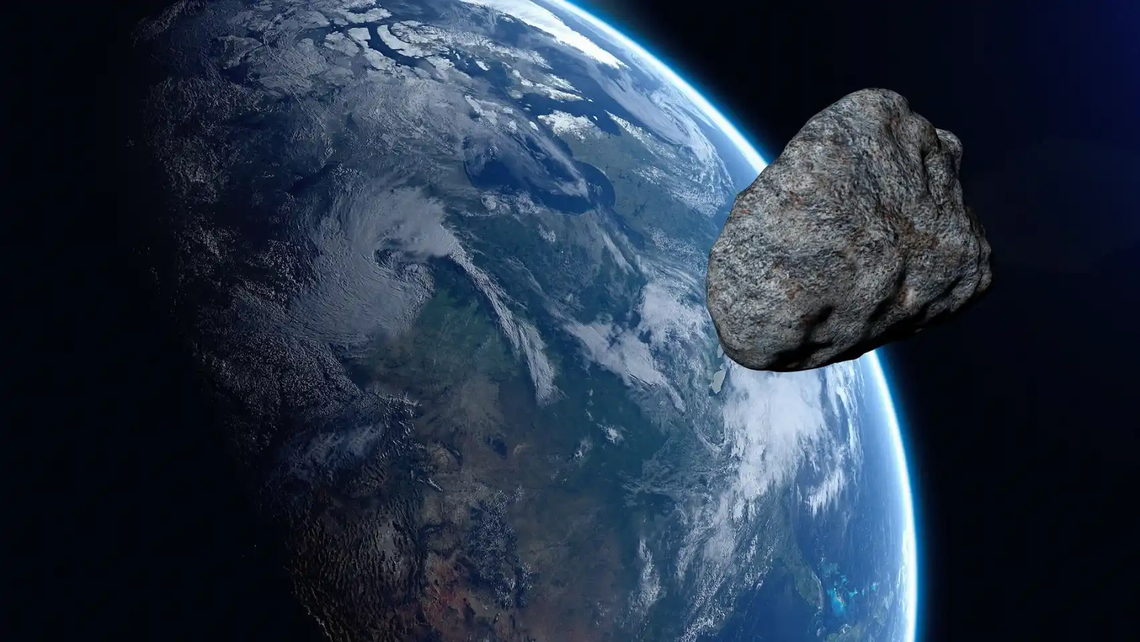
Washington, June 30 – The consequences of asteroid impacts on Earth led the scientific community to dedicate every June 30th to International Day of these events, in commemoration of the Tunguska Fireball in Siberia in 1908.
Considered the most damaging to Earth since then, this 40-meter asteroid fell in Tunguska and destroyed a forested area, leveling an area of ??2,150 km² and causing a massive fire.
Asteroids are defined as rocky, carbonaceous, or metallic bodies that orbit the sun, and their length and size determine their impact on Earth.
When a body of this type enters the earth’s atmosphere at a speed calculated in kilometres per hour, solid matter is fragmented, producing fireballs that will impact the earth with shockwaves depending on their size.
According to specialized literature, some of them are located in the so-called Asteroid Belt, a region located between the orbits of Mars and Jupiter.
An asteroid is smaller than a planet and larger than a meteorite, with dimensions ranging from 500 kilometres in diameter to 50 metres.
Asteroids are designated by a catalog number, ordered chronologically according to their date of discovery. They are named after characters from Greek mythology.
They can cause catastrophes on our planet, such as tsunamis, acid rain, partial interruption of sunlight, and large fires caused by high-temperature fragments that fall to the ground after colliding with Earth (nuclear winter).
There are small asteroids that frequently collide with Earth, but due to their size and dimensions, they burn up in the atmosphere and do not cause impact.
NASA estimates that approximately 10 years of advance notice are needed to prepare for an imminent asteroid impact on Earth. As more threats from asteroids are cataloged and tracked, the risk of impact will be reduced.
In addition to the one that fell in Siberia in 1908, another super-bolide struck our planet on February 15, 2013. It disintegrated in the sky over Chelyabinsk (Russian Federation) and measured 18 meters in diameter and weighed 11,000 tons. It is the second most important impact that has occurred in history.
Other cases of recorded meteoroids have been recorded: Hoba (discovered in Namibia, Africa in 1920), Willamette (discovered in Oregon, USA in 1902), Bacubirito (Sinaloa, Mexico, discovered in 1863), and Norway (northern Norway, in 2006). (PL) (Photo: Taken from the Internet)